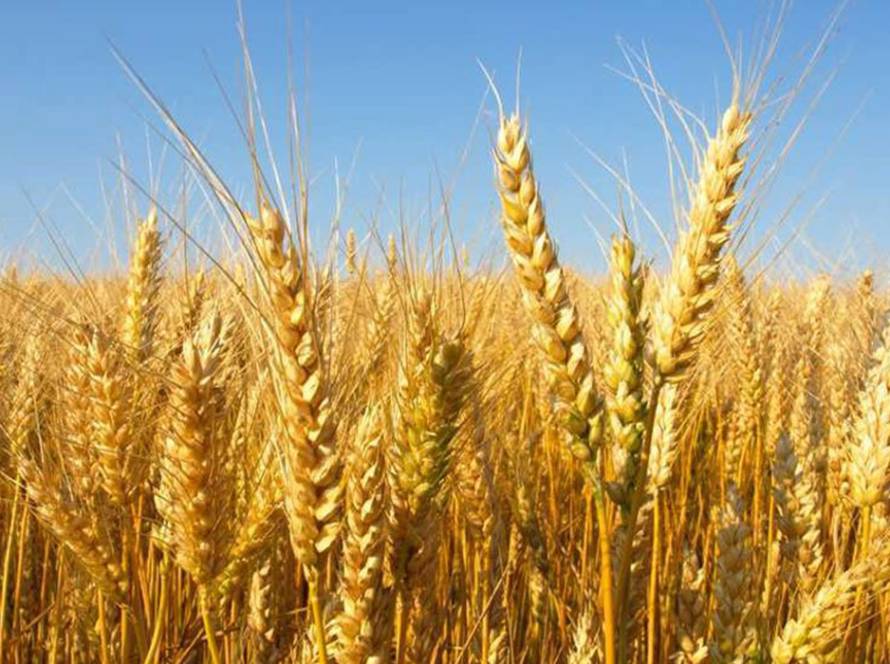Dear Potato Farmer,
If you’re planning to grow summer potatoes, it’s crucial to understand the major pests that can attack your crop and how to prevent infestations before they occur.
Common Potato Pests:
1. Aphids
- Description: Aphids are small, sap-sucking insects, measuring between 1-2 mm in length. Their color ranges from yellow to green and eventually turns black when they develop wings.
- Damage: Aphids cause yellowing and curling of leaves by feeding on plant sap. More importantly, they are responsible for transmitting viruses to potato plants.
- Control Methods: Effective active ingredients include Acetamiprid, Lambda-Cyhalothrin, Thiacloprid, and Chlorpyrifos.
2. Whiteflies
- Description: These tiny, sap-feeding insects are about 1 mm in length, with creamy yellow bodies and white wings.
- Damage: Whiteflies, much like aphids, transmit plant viruses due to their rapid movement and large populations. They also weaken plants by sucking sap from the leaves.
- Control Methods: Treatments include Acetamiprid, Thiacloprid, Spirotetramat, and Thiamethoxam.
3. Leaf Miners (Tuta absoluta)
- Description: A moth species from the Lepidoptera order, measuring 5-7 mm in length.
- Damage: This pest reproduces at an alarming rate. A single female lays around 260 eggs, with a 90% hatch rate. The larvae feed on the internal leaf tissue, completely destroying the plant’s foliage. In severe cases, an entire potato field can be wiped out in just three days. These pests are most active between 7-11 AM and after sunset, becoming sluggish in high temperatures.
- Control Methods: Effective treatments include Emamectin Benzoate, Abamectin + Lambda-Cyhalothrin, Deltamethrin, Beta-Cyfluthrin, and Triflumuron.
4. Mole Crickets
- Description: Also known as “Sea Dog Beetle,” these large-bodied insects attack potato tubers underground, potentially destroying entire plants.
- Habitat & Spread: They thrive in summer crops, especially in fields where potatoes are planted successively. Their populations increase with high organic fertilization and heavy weed growth, while well-aerated soils help reduce their numbers.
- Control Methods:
- Method 1: Mix 1.5 liters of Chlorpyrifos or Lambda-Cyhalothrin with 15-20 kg of crushed corn or wheat and 2 kg of molasses. Let it sit for 5 hours before applying it to the soil.
- Method 2: Mix 2 liters of Lambda-Cyhalothrin or Chlorpyrifos with 20 kg of rice husks and spread them in the field like urea fertilizer.
5. Cutworms
- Description: These pests are particularly active during winter and move at night. They attack young potato plants from the base, leading to plant death.
- Habitat & Spread: Their numbers increase in weedy fields, especially where creeping weeds like bindweed (Convolvulus) are present. They are also more common in neglected or unclean soils.
- Control Methods: The same poisoned bait used for mole crickets can be applied, but it should be placed directly near the plants for better effectiveness.



